DRUGS: WHAT YOU
NEED TO KNOW Booklet

Signs and Symptoms of Opioid Addiction

The category of opioid drugs includes many prescription painkillers and a large number of illicit drugs. This group of drugs is currently responsible for the great majority of drug overdose deaths in America. In 2019, opioids of all types caused nearly 71% of all drug overdose deaths.1 Helping those affected overcome addiction to opioids would save tens of thousands of lives each year.
Addictive Drugs in This Category
Prescription Opioids
The generic names of these drugs and the most well-known brand names are listed below.
- Oxycodone (brand named OxyContin, Roxicodone, Percocet)
- Hydrocodone (Vicodin, Lortab, Norco)
- Morphine (MS Contin, Kadian)
- Hydromorphone (Dilaudid)
- Oxymorphone (Opana)
- Methadone (Dolophine, Metadose)
- Buprenorphine (Subatex, Butrans)
- Fentanyl (Fentora, Actiq, Sublimaze)
All these drugs are used in medical settings and are also distributed on the black market to those who wish to abuse them or are addicted to them.
While many opioid users began with legal prescriptions given by a family doctor for legitimate pain, the addictive nature of these drugs was not, initially, fully understood. No longer being able to find these drugs legitimately, many users resorted to the black market to find the same high. In addition, some less than scrupulous healthcare providers sought to profit from prescribing these pills. As local, state and federal laws were updated to address the availability of these addictive drugs, many users turned to the illicit drug market.
Illicit Opioids
For a long time, the only illicit opioids available were heroin and opium. Since 2000, that situation has changed completely. Illicit labs in China, Mexico and other countries have begun producing fentanyl or the precursor chemicals needed to make fentanyl. The drugs mostly come into America across the southern border from Mexico.
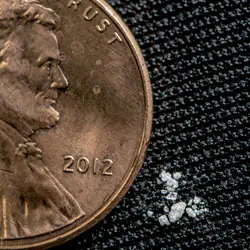
Fentanyl is actually a huge family of potent painkilling drugs.2 Here is a partial list.
- Butyrfentanyl
- Furanylfentanyl
- Benzodioxole fentanyl
- Cyclopropylfentanyl
- Methoxyacetylfentanyl
- Alfentanil
- Sufentanil
- Remifentanil
- Carfentanil
Some of these drugs are only slightly more powerful than morphine, but others are 100 to 400 times stronger than morphine and 50 to 100 times more powerful than heroin. Carfentanil is near the top of the list, being more than 10,000 times more potent than morphine and 5,000 times stronger than heroin.3 Carfentanil’s primary use is in veterinary care for very large animals.
As illicit labs began producing these drugs in the past two decades, they have been added to illicit drug supplies or have been pressed into counterfeit pills. Thus even a person accustomed to taking Vicodin, for example, could obtain pills on the illicit market and inadvertently overdose because the pill they consumed actually contained a potent form of fentanyl. This tragedy has played out in hundreds of thousands of cases across America.
Opioid Addiction in America
Nearly 700,000 people in America suffer from heroin addiction at any point in time. Add to this the 2.3 million people who suffer from prescription opioid addiction. In total, 2.7 million people struggle with this problem. Because there is some overlap between these two groups, the total number is less than the sum of the two.4
Some people become addicted after using opioids recreationally, and others lose control of their opioid use after taking opioids medically. Either way, their return to sobriety is aided by rehabilitation programs.
Physical Signs and Symptoms of Opioid Addiction
For some individuals, their first use of a strong opioid will addict them. For others, they may use an opioid occasionally over a period of years, eventually becoming addicted or deciding to leave the drugs alone.
It is possible to detect a person who is addicted to opioids by looking for these signs and symptoms.

- Sleepiness
- Doping off
- Lethargy
- Confusion
- Low responsiveness
- Nausea
- Vomiting
- Itching
- Small pupils
- Euphoria
- Lightheadedness
- Constipation
- Slowed breathing suppression
- Dry mouth
Some people may try to conceal these signs by using a stimulant like cocaine or methamphetamine at the same time or after using heroin, especially to alleviate the dopiness or lethargy.
Behavioral and Emotional Signs of Opioid Use
When a person is addicted to these drugs, you may see these changes in their actions, behavior or emotions:
- Anxiety
- Poor memory
- Apathy
- Depression
- Lack of money
- Telling lies
- Poor grooming
- Poor care of personal possessions
- Neglect of important responsibilities
- Becoming secretive or suspicious
- Having outbursts of bad temper
- Being long absent from home
- Not enjoying the same activities or people as before
They may also experience more physical illnesses and legal problems than they did before.
The Long-Term Physical Damage of Opioid Addiction

Opioid addiction introduces harsh and toxic chemicals into the body and directly affects specific organs. Injecting drugs adds bacteria into the bloodstream, which can lead to infections and inflammation. Here are some of the types of physical damage an addicted person may suffer.
- Permanent lung damage
- Infections of the lungs or heart
- Seizures, tremors
- Reduced ability to think clearly
- Unsteadiness and difficulty walking
- Abscesses
When a person injects opioids, they increase their risk of contracting HIV, Hepatitis C or serious infections of their skin and soft tissue or the lining of the heart.5
Of course, a fatal overdose is possible every time opioids are used. Spontaneous abortion is another side effect of opioid addiction.
The Long-Term Emotional and Mental Damage of Opioid Addiction
Opioid addiction sets a person’s life on a whole new, destructive path. The cravings and compulsion to use more of these drugs have driven many people to prostitution and crime to get the money to support their drug use. The effects of the drugs dull physical pain and blunt some of their emotional pain.
Many people who are addicted to opioids lose everything they care about, starting with family and careers and progressing to all possessions of value and self-respect. Some people addicted to opioids do manage to remain functional and retain their possessions and positions, which makes it harder to detect their addiction. In the end, they are either going to achieve sobriety, need rehab or suffer severe damage that could last for decades.
Symptoms of Opioid Overdose
As noted above, a person addicted to opioids may use a dose that is normal for them and accidentally overdose because their drug supply contains the powerful opioid fentanyl. The same can happen if a person gets pills that contain fentanyl from the illicit market or if they consume too many of their pills all at once or too close together. Overdose can also happen if a person has not used opioids for a while, such as if they’ve been in jail or rehab. If they then try to use the same amount they were used to, they may overdose. That’s because while they are off the drug for a while, their body loses their tolerance. They must start over at a lower dose or risk death.
Here are the symptoms of an opioid overdose:
- Slow or difficult breathing
- Choking, gasping or loud snoring
- Unconsciousness
- Fingertips or lips turning blue
Opioid overdoses can be reversed by administering the opioid antidote naloxone. The more potent the opioid, the more naloxone is needed to reverse the overdose.
Withdrawal from Opioid Addiction

Most people find withdrawal from opioid addiction to be very difficult. The symptoms of withdrawal are:
- Anxiety
- Muscle and bone pain
- Insomnia
- Runny nose
- Muscle and abdominal cramping
- Diarrhea
- Dilated pupils
- Nausea
- Vomiting
Those going through withdrawal describe the experience as the worst possible flu symptoms. For most opioids, the most severe symptoms of withdrawal will be over within a week. For longer-lasting opioids like methadone, withdrawal may take weeks longer.
There can be aftereffects of these drugs that last months longer. For example, a condition called anhedonia, an inability to feel pleasure can last a year or longer.6 Anxiety, sleep problems, poor memory, difficulty concentrating or making decisions can also be long-term symptoms of withdrawal.
The Value of Rehab
An effective rehab may not only save a person’s life, but it can also get them on a more positive road in life. It is important that a person who has been using opioids get help at the first moment possible before there is a chance of overdose. Any time these signs of addiction are spotted, the right thing to do is start seeking effective rehabilitation that can bring this individual back to stable sobriety.
Sources:
-
CDC. “Drug overdose deaths.” Centers for Disease Control and Prevention, 2021. CDC. CDC Article ↩︎
-
Frontiers in Pharmacology. “Metabolic Pathways and Potencies of New Fentanyl Analogs.” Frontiers in Pharmacology, 2019. Frontiers. Frontiers Article ↩︎
-
DEA. “DEA Issues Carfentanil Warning To Police And Public.” DEA, 2016. DEA. DEA Article ↩︎
-
SAMHSA. “Key Substance Use and Mental Health Indicators in the United States: Results from the 2020 National Survey on Drug Use and Health.” Substance Abuse and Mental Health Services Administration. SAMHSA. SAMSHA Publication (PDF) ↩︎
-
CDC. “Prevent Bacterial & Fungal Infections In Patients Who Inject Drugs.” Centers for Disease Control and Prevention. CDC CDC Publication (PDF) ↩︎
-
SAMHSA. “Protracted Withdrawal.” SAMHSA, 2010. SAMHSA. SAMSHA Article (PDF) ↩︎
Codeine
Codeine may be seen as harmless because it has so often been prescribed for children. Actually, it is an addictive opioid, similar to oxycodone. It can also cause overdoses if enough is consumed. In recent years, government agencies have begun to restrict its use among youth to prevent children from suffering harm.
read more
Hydrocodone
Hydrocodone is often sold as Vicodin or Lortab and is the prescription drug most frequently abused by those who have chosen opioids as their drugs of choice. While it eases pain for some injured or sick people, hydrocodone also contributes greatly to the addiction problems of millions of Americans.
read more
Oxymorphone
Oxymorphone is one of the drugs on a long list of medical opioids abused by those in the throes of addiction. While it is not one of the most powerful ones, it is still capable of ruining a person's life and causing a fatal overdose.
read more


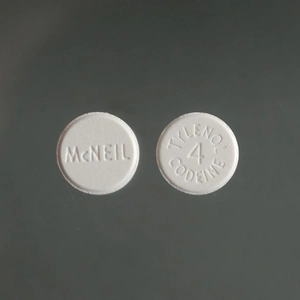
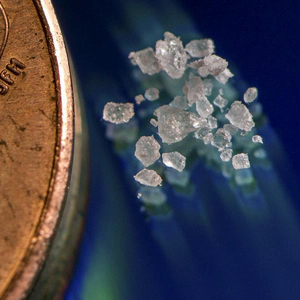
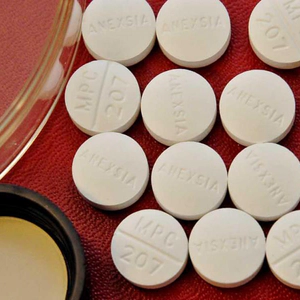
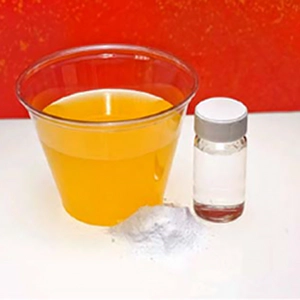
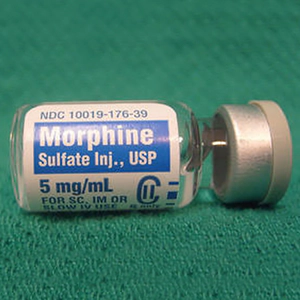
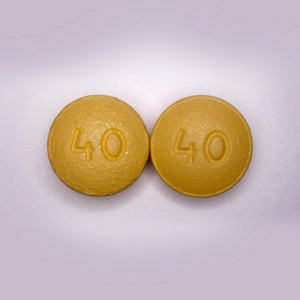
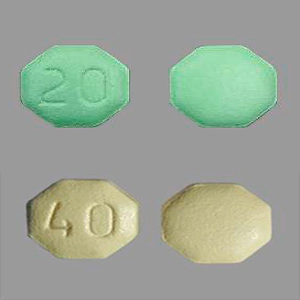
 ®
®
